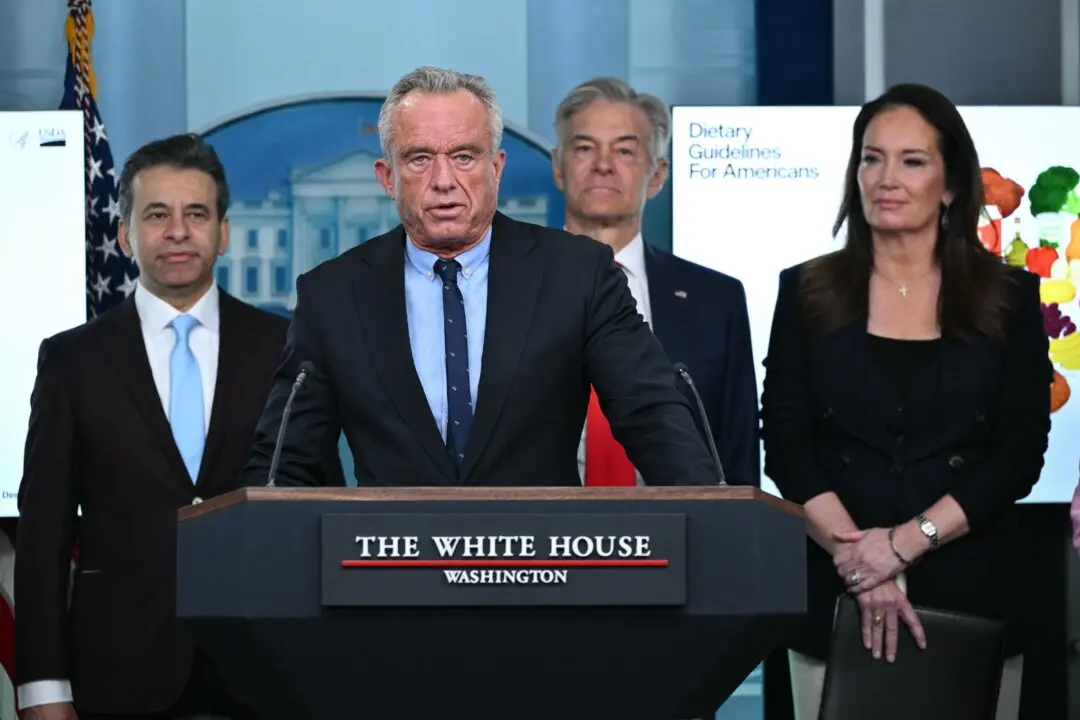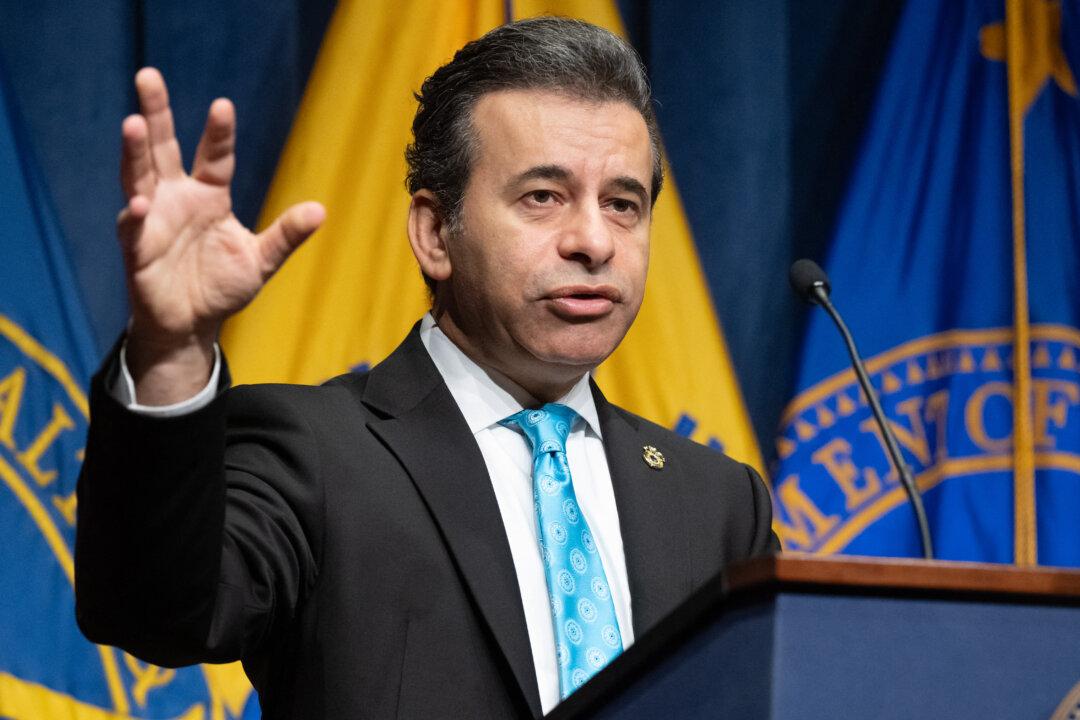The average U.S. price of a gallon of regular-grade gasoline has topped $5 for the first time in history.
As of June 13, the average price stands at $5.01, according to AAA, which tracks prices. The average is as high as $6.43 in some states, including California, and as low as $4.46 in others, such as Alabama.





